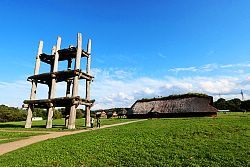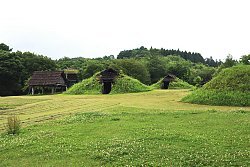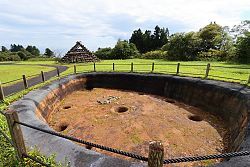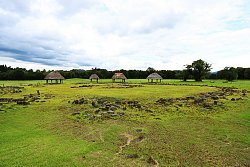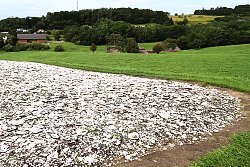Japan’s latest World Cultural Heritage Site
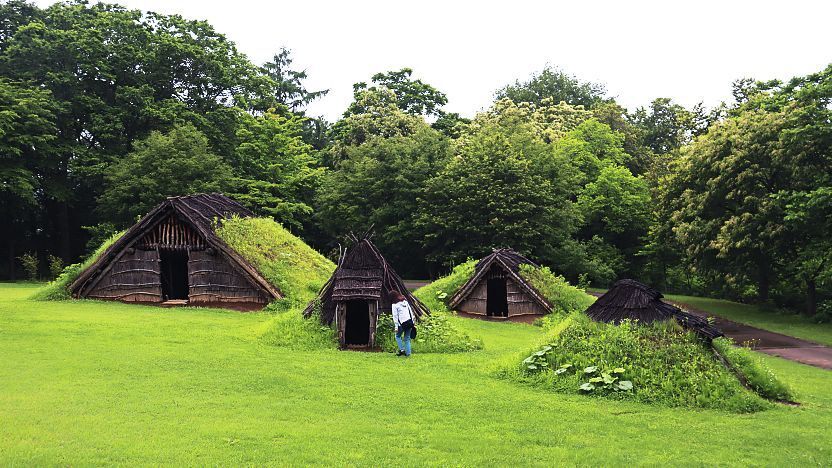
Added in July 2021 as Japan's 20th UNESCO World Cultural Heritage Site, the "Jomon Archaeological Sites in Hokkaido and Northern Tohoku" are a collection of sites in northern Japan related to the Jomon Period. This prehistoric period of Japanese history began around the end of the last ice age about 15,000 years ago and lasted until the year 300 before the rice culture imported from the mainland fully took roots on the Japanese archipelago.
The people of the Jomon Period were mainly gatherers, fishers and hunters, but also established considerably sized settlements. The period is named after the patterns found on the contemporary pottery, made by impressing a cord onto the vessel.
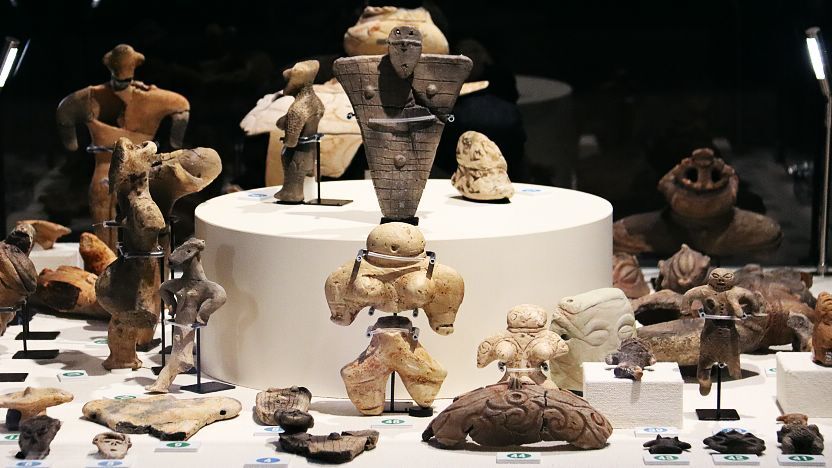
The World Heritage listing consists of 17 different sites spread across southern Hokkaido and the prefectures of Aomori, Akita and Iwate in the northern Tohoku Region. They include the sites of former settlements, often with reconstructed dwellings and other structures, stone circles, cemetery sites, shell middens and other dumping grounds. Many of the sites have an adjacent museum that exhibits locally excavated findings, such as pottery, figurines, arrowheads, jewelry and lacquerware.
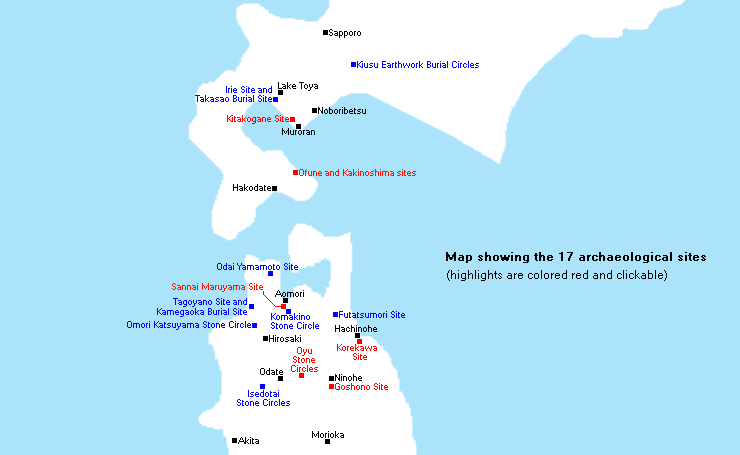
The 17 sites vary from attractive parks with excellent museums to less developed excavation sites that are difficult to appreciate by non-archaeologists. Below we list the sites that we believe to be of most interest to ordinary tourists:
Links and Resources
English
Japanese
-
Jomon Prehistoric Sites in Northern Japan
Official website. -
Goshono Jomon Site
Official website. -
Korekawa Archaeological Institution
Official website. -
Hakodate Jomon Culture Center
Official website. -
Oyu Stone Circles
Official website. -
Date City Institute of Funkawan Culture (Kitakogane Site)
Official website.
